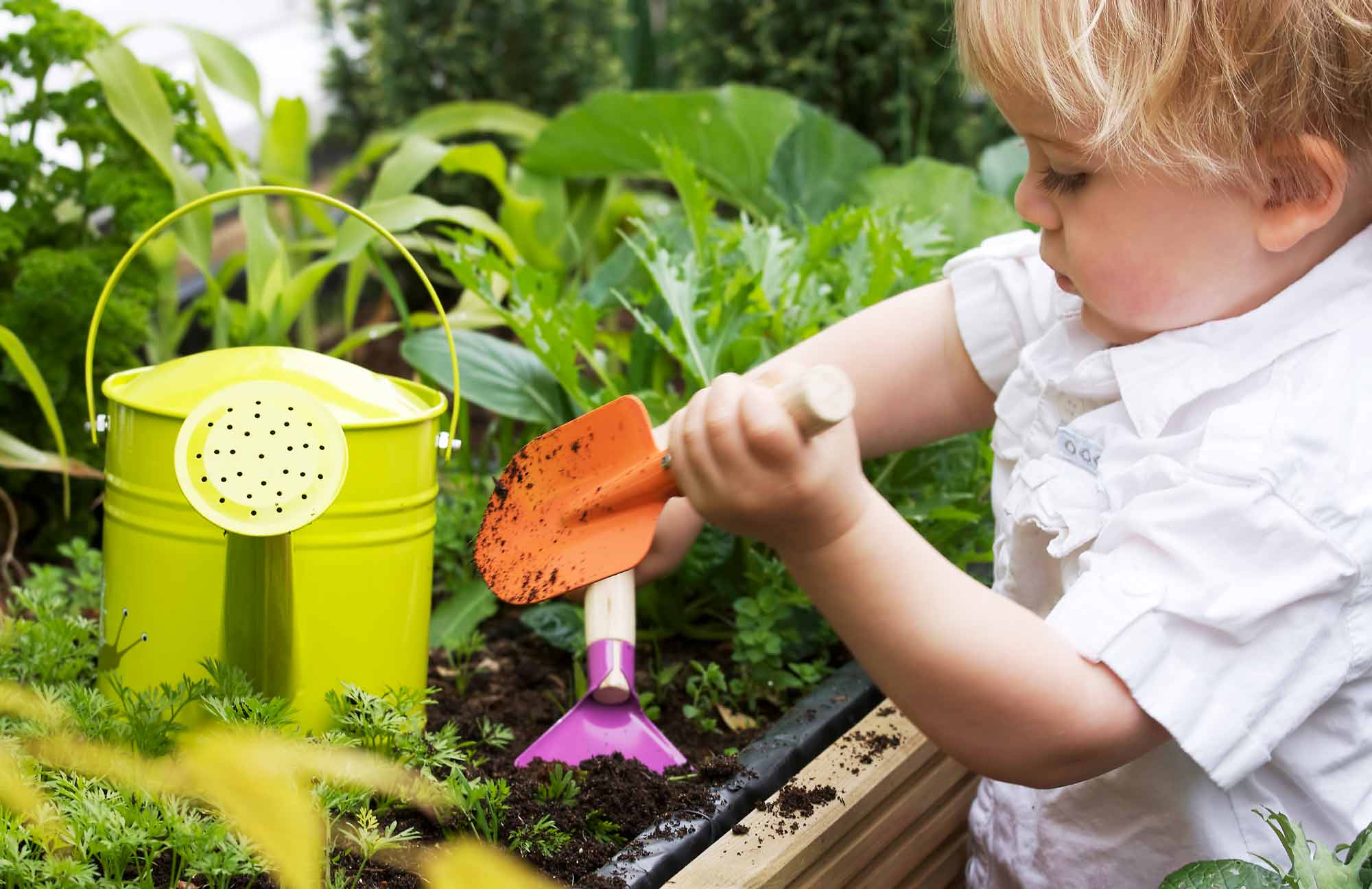Cars and Ramps
In this lesson, children will explore physics concepts as they play with cars and ramps in the block area.
Content Area:
Force and Motion
Learning Goals:
This lesson will help toddlers and preschoolers meet the following educational standards:
- Explore the concepts of force and motion
- Develop foundational skills in the use of science practices, such as observing, asking questions, solving problems and drawing conclusions
Learning Targets:
After this lesson, toddlers and preschoolers should be more proficient at:
- Exploring the effect of force on objects in the early childhood environment and beyond
- Expressing wonder and curiosity about their world by asking questions and solving problems
- Carrying out simple investigations
- Generating explanations and communicating ideas and/or conclusions about their investigations

Cars and Ramps
Lesson plan for toddlers/preschoolers
Step 1: Gather materials.
- Toy cars
- Unit blocks
- Measuring tools (optional)
Note: Small parts pose a choking hazard and are not appropriate for children age five or under. Be sure to choose lesson materials that meet safety requirements.
Step 2: Introduce activity.
- Explain that today we are going to make ramps with unit blocks. Discuss what a ramp is and how we can make one.
- Discuss how we can roll cars down ramps.
- Discuss what happens when we put different cars at the top of the ramp.
Step 3: Engage children in lesson activities.
- In the block area, encourage the children to construct ramps with blocks. This is a good opportunity for the children to engage in open exploration and experiment with constructing ramps in different ways.
- After the children have constructed their ramps, ask them to predict what will happen if they roll cars down the different ramps.
- Engage the children in a discussion about the different types of cars and ramps and discuss what will happen when they test out their predictions.
- Encourage the children to conduct experiments to test out their predictions.
- Ask the children to make changes to their ramps to see what might happen.
- Discuss what happened with the children and ask them what they learned from experimenting with different cars, different angles and ramps of different heights and lengths.
- Ask the children to make conclusions based on what they observed.
Step 4: Vocabulary.
- Predict: To guess what might happen
- Hypothesis: A prediction that states how and why a scientific event may occur
- Effect: The result of a physical action
Step 5: Adapt lesson for toddlers or preschoolers.
Adapt Lesson for Toddlers
Toddlers may:
- Not yet have predictive language to guess what might happen
- Not yet be able to generate hypotheses
- Not yet engage in lengthy discussions
Child care providers may:
- Assist children in creating simple ramps so that toddlers can explore how cars move
- Focus on one size of ramp and one type of car instead of trying out different variations
Adapt Lesson for Preschoolers
Preschoolers may:
- Want to document their ideas
- Want to create plans for their ramps beforehand, based on their prior knowledge
- May want to use measuring tools (ruler, tape measure) to examine relationships between ramp variations and car types
Child care providers may:
- Have materials available throughout the day to encourage children to explore cars and ramps independently
- Provide drawing materials so that children can create plans or document what they have made
- Encourage children to make predictions about specific changes to the ramps, using language that refers to height, length and angle
Suggested Books
- Ramps and Wedges by Sian Smith
- Roll, Slope and Slide: A Book About Ramps by Michael Dahl
- Zoom! by Diane Adams
Music and Movement
- Using planks and gross-motor materials, create outdoors ramps that children can climb up and down. Discuss the amount of force needed to go up and down.
Outdoor Connections
- What natural materials can be used to make ramps? Create outdoor ramps out of these natural materials.
- Go for neighborhood walks to scout out streets with inclines, declines and flat areas. Discuss how cars roll on these different street angles.
Comment on this lesson